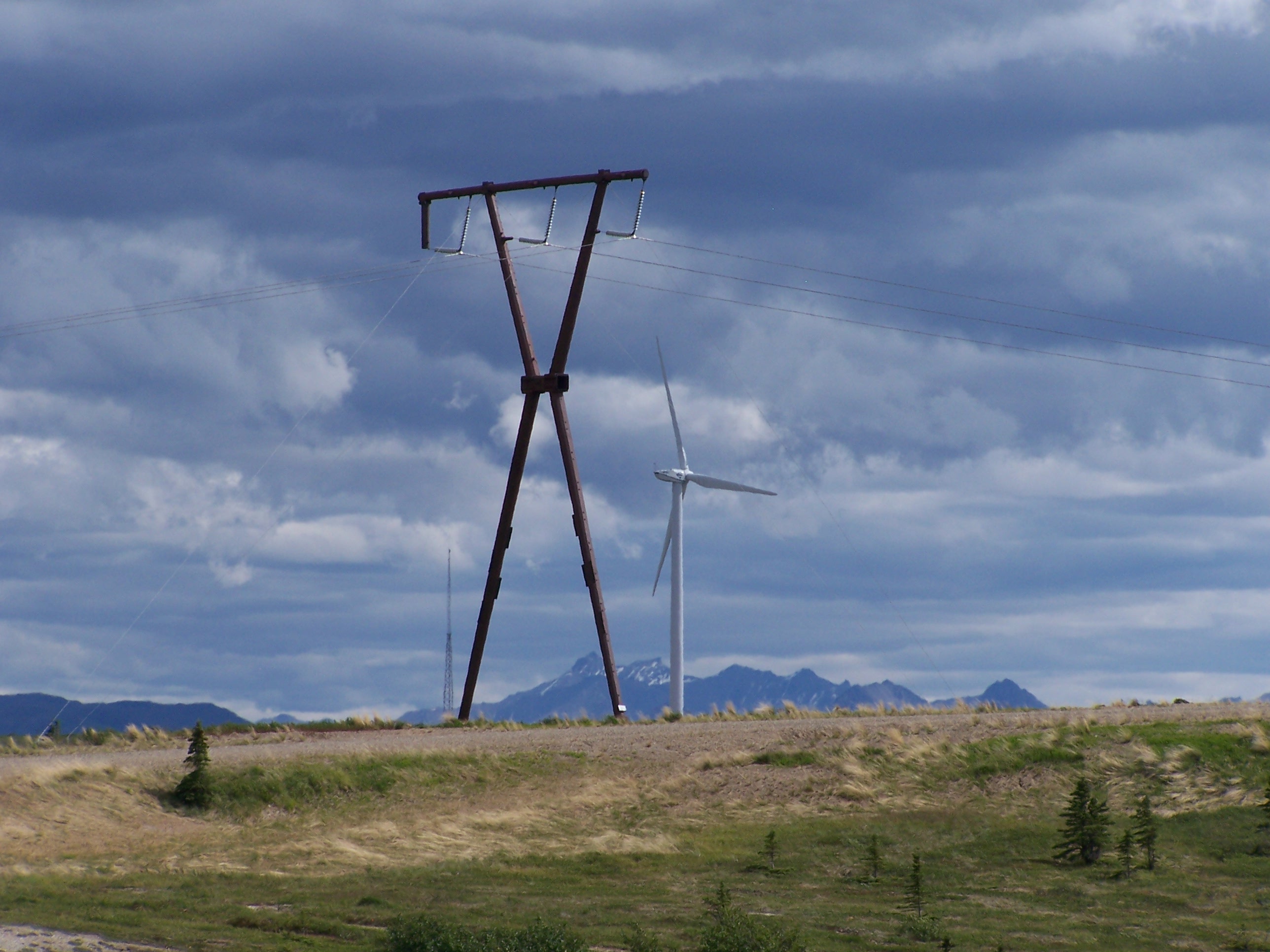🇺🇸 How can Alaska move toward zero-carbon emissions by 2050?
ACEP researchers have released a report of their study that explores scenarios to reduce carbon emissions from electricity generation in Alaska by 2050.
The research team, led by Phylicia Cicilio, evaluated four scenarios that combine use of upgraded transmission lines with wind, solar, hydro, tidal and nuclear energy resources in the Alaska Railbelt transmission system. The Railbelt is the largest electrical grid in Alaska, supplying power to 75% of the state’s population and covering nearly 700 miles from Homer in the south to Fairbanks in the Interior.
The study provides valuable information to the Alaskan public and decision makers by offering unbiased assessment of decarbonization opportunities and challenges.
The four scenarios considered in the report include:
- The business-as-usual scenario, which relies on existing power plants with some renewable contributions (11%) from solar resources. This scenario would require a capital investment of $2.3 billion.
- The wind/solar/hydro scenario, which produces energy from 88% renewables including large-scale hydro power, wind and solar resources. The capital investment would be $11.8 billion.
- The wind/solar/tidal scenario, which considers large-scale tidal energy, wind and solar resources, resulting in 70% renewable energy. This scenario would require a capital investment of $7.7 billion.
- The wind/solar/nuclear scenario, which includes a large investment in nuclear energy resources in addition to wind and solar, achieving 96% zero-carbon emission, This scenario would entail a capital investment of $10.1 billion.
The report explains that a mix of different energy sources will be necessary to meet the demand of 70-95% zero-carbon generation by 2050. Low-carbon electricity generation requires careful consideration of grid operations and how to make sources of power readily available, stable and reliable.
The full report, titled “Alaska’s Railbelt Electric System: Decarbonization Scenarios for 2050,” is now available on the ACEP website.
The recording of the presentation of the final results is also available.
Originally published on 25 January by ACEP.
Announcements are published as a service to readers. The sender is responsible for all content.
Announcements for publication can be submitted to pr***********@ar**************.com.
